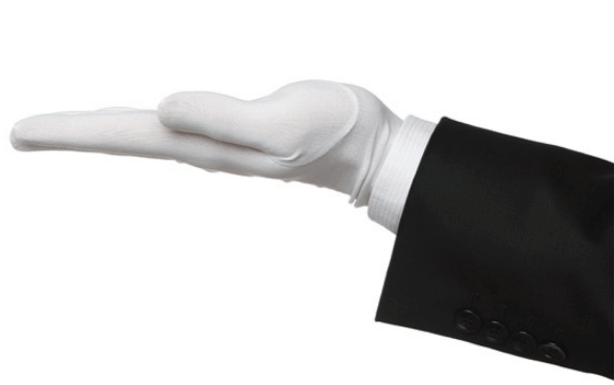
The inverse of having a negative working capital indicates that the company owes more than it has in its cash flow. For instance, suppose a company’s accounts receivables (A/R) balance has increased YoY, while its accounts payable (A/P) balance has increased under the same time span. As a general rule, the more current assets a company has on its balance sheet relative to its current liabilities, the lower its liquidity risk (and the better off it’ll be).
You can calculate working capital by taking the company’s total amount of current assets and subtracting its total amount of current liabilities from that figure. The result is the amount of working capital that the company has at that time. Net working capital is the difference between a business’s current assets and its current liabilities. Net working capital is calculated using line items from a business’s balance sheet. Generally, the larger your net working capital balance is, the more likely it is that your company can cover its current obligations.
Stated in gross terms, the incremental net working capital (NWC) is $10 million. However, the more practical method is to convert the figure into a percentage for forecasting (and comparability). Suppose we’re tasked with calculating the incremental net working capital (NWC) of a company, given the following historical data. We’ll now move to a modeling exercise, which you can access by filling out the form below. What was once a long-term asset, such as real estate or equipment, can suddenly become a current asset when a buyer is lined up.
For example, if a company has $100,000 in current assets and $30,000 in current liabilities, it has $70,000 of working capital. This means the company has $70,000 at its disposal in the short term if it needs to raise money for any reason. If the change in working capital is negative, it means that the change in the current operating liabilities has increased more than the current operating assets. The essence of the concept is that if a company has a positive working capital, it means they have funds in surplus.


This measures the proportion of short-term liquidity compared to current liabilities. The difference between this and the current ratio is in the numerator where the asset side includes only cash, marketable securities, and receivables. The quick ratio excludes inventory because it can be more difficult to turn into cash on a short-term basis. First, add up all change in net working capital the current assets line items from the balance sheet, including cash and cash equivalents, marketable investments, and accounts receivable. Working capital represents the difference between a firm’s current assets and current liabilities.

Changes in working capital can occur when either current assets or current liabilities increase or decrease in value. You can calculate the current ratio by taking current assets and dividing that figure by current liabilities. Generally, the higher the ratio, the better an indicator https://www.bookstime.com/ of a company’s ability to pay short-term liabilities. To find the change in Net Working Capital (NWC) on a cash flow statement, subtract the NWC of the previous period from the NWC of the current period. This calculation helps assess a company’s short-term liquidity and operational efficiency. It reflects the fluctuations in a company’s short-term assets and liabilities.
Negative cash flow can occur if operating activities don’t generate enough cash to stay liquid. This can happen if profits are tied up in accounts receivable and inventory. Retailers must tie up large portions of their working capital in inventory as they prepare for future sales. Ultimately, changes in net working capital impact a company’s cash flow net sales and financial health, highlighting the importance of monitoring these fluctuations for effective financial management. Current liabilities encompass all debts a company owes or will owe within the next 12 months.